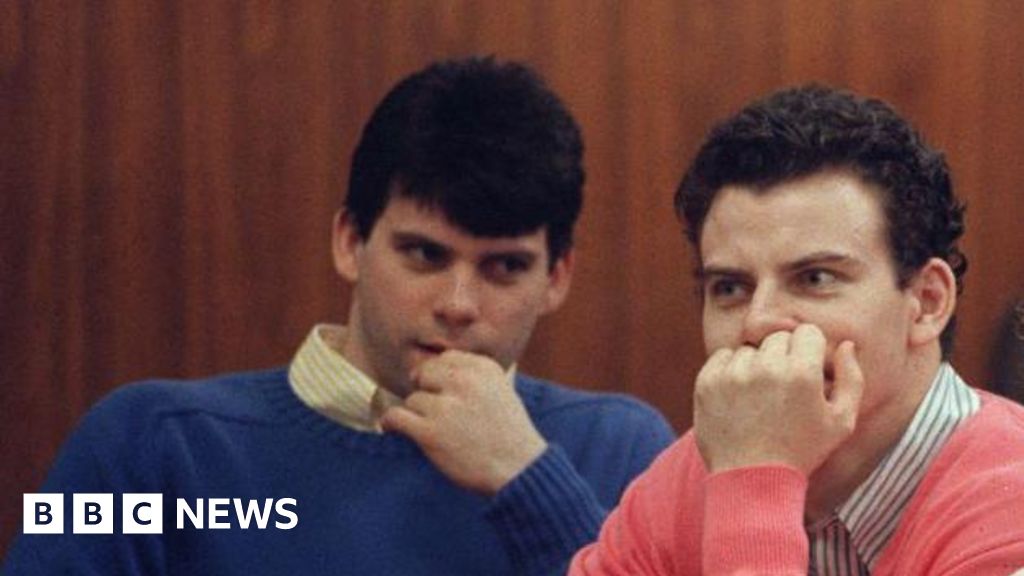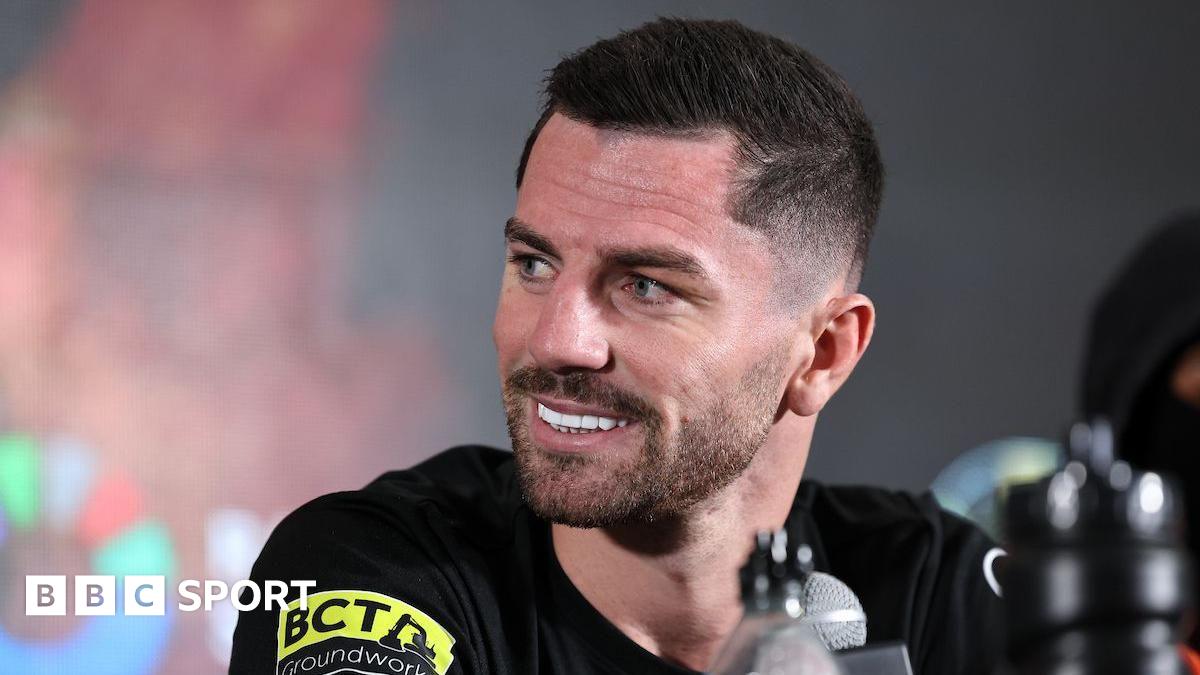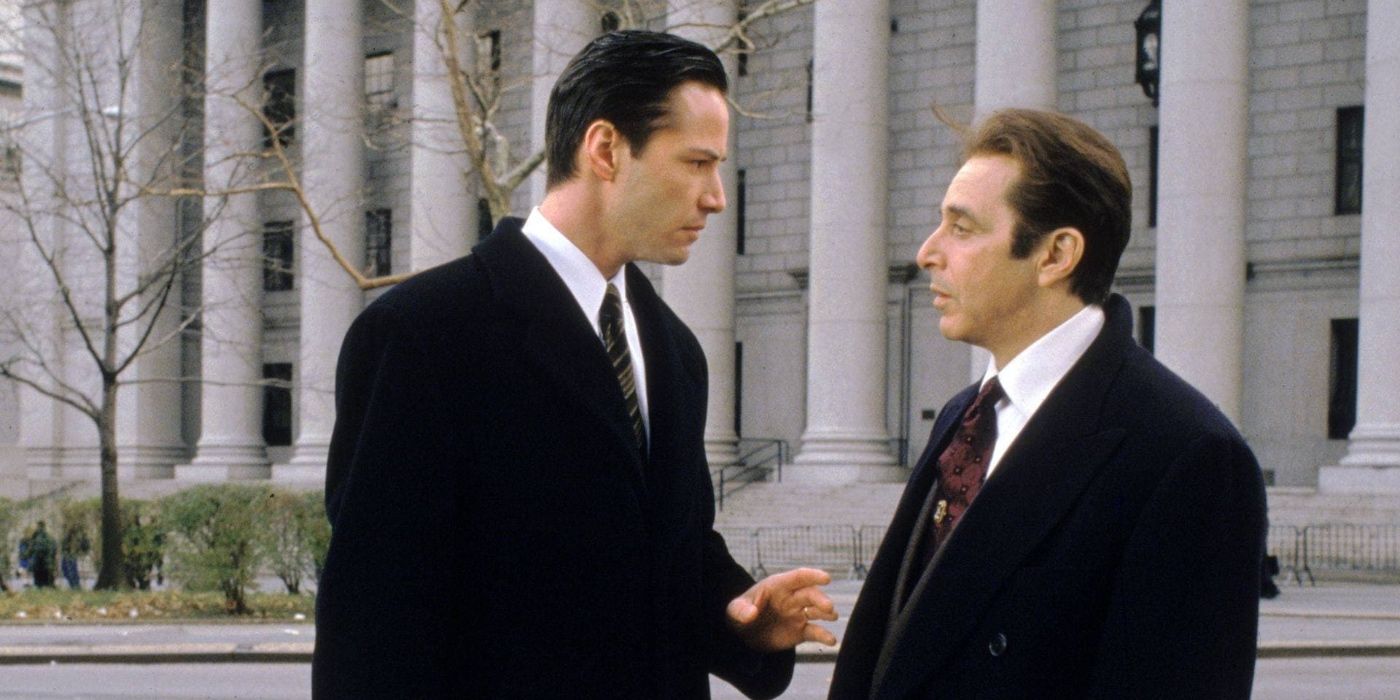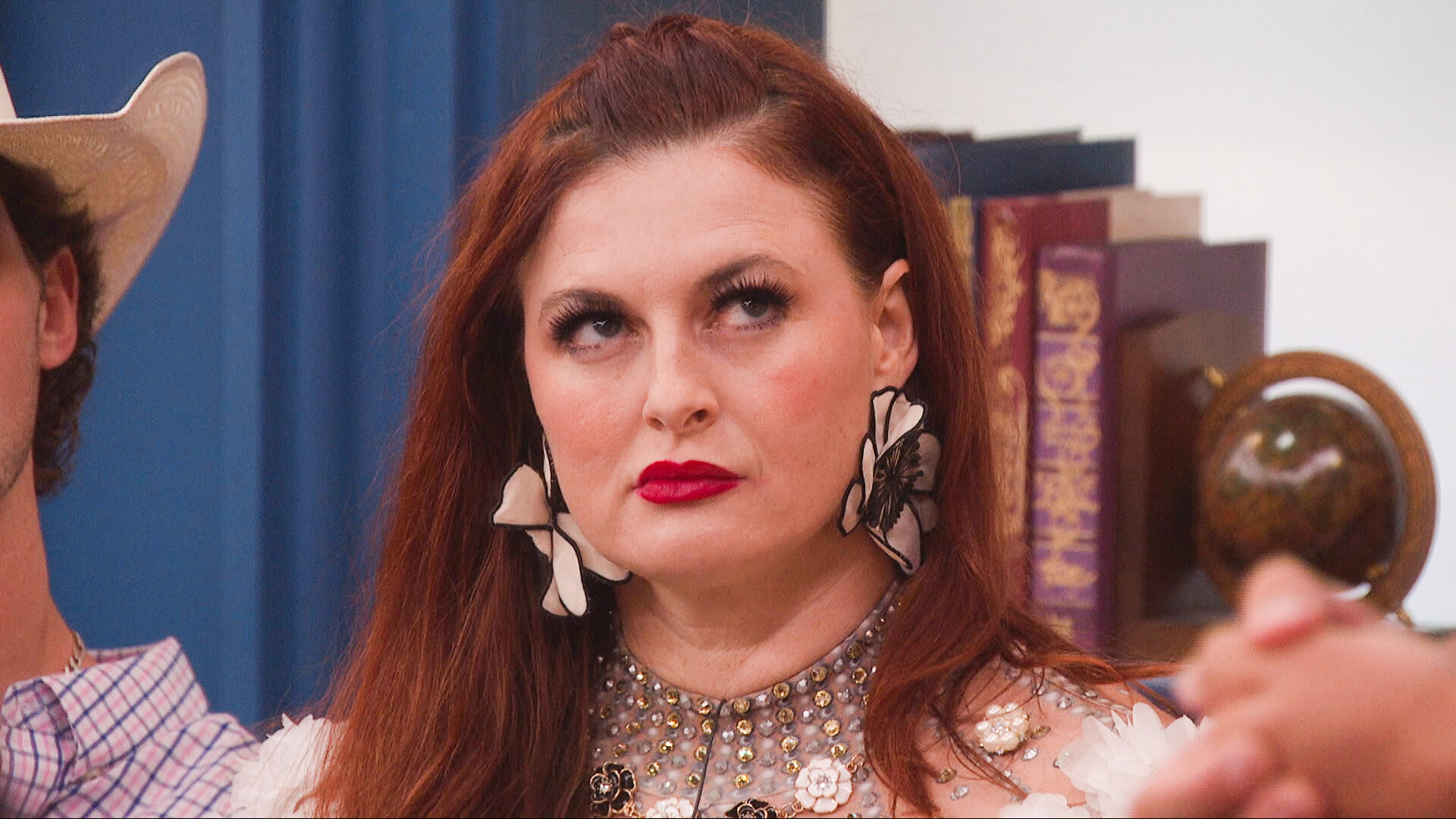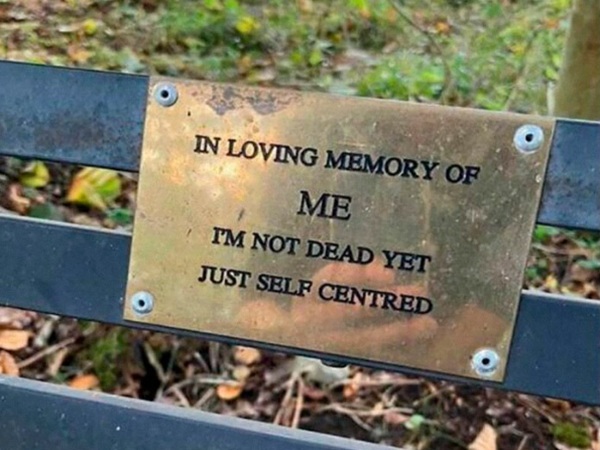5 ways to use rejection to your advantage
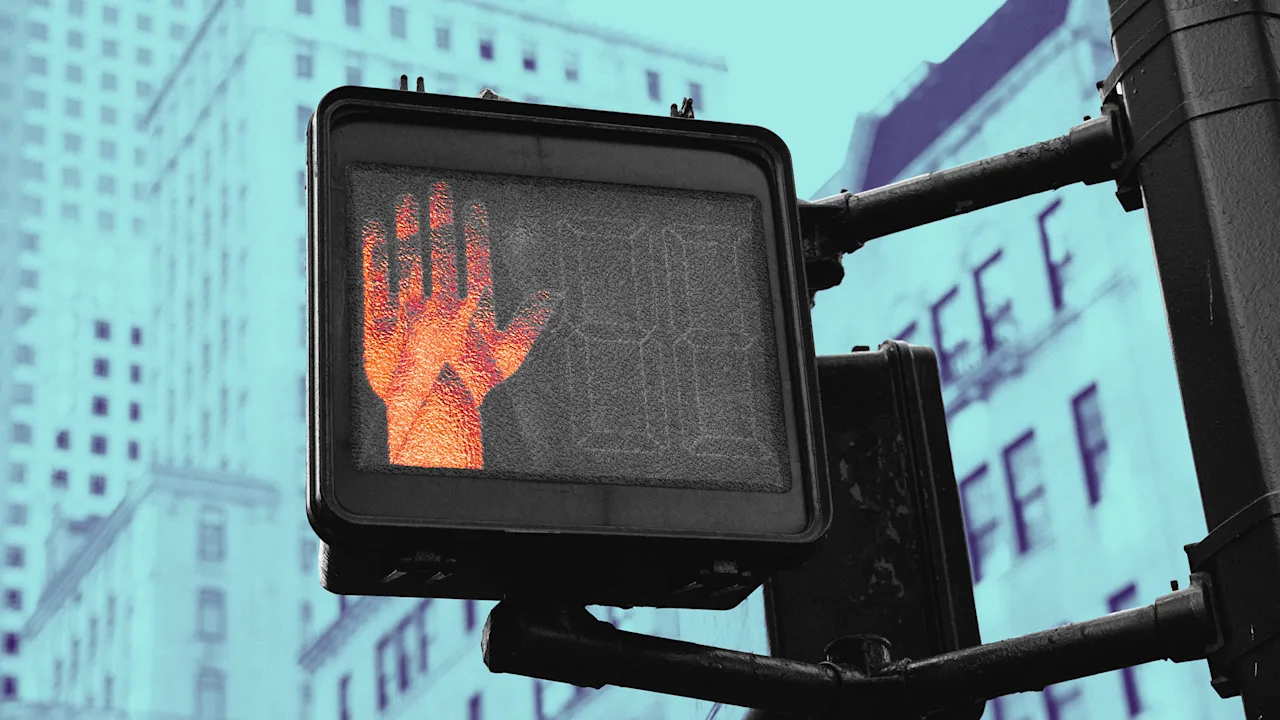
Rejection isn’t just an inevitable part of success—it’s the fastest path to it. Think about it: The most groundbreaking ideas, the most resilient leaders, and the most dominant companies all have one thing in common: they’ve been rejected far more than their competitors.
But here’s the difference: they didn’t just endure rejection; they weaponized it. After two decades as an entrepreneur, raising capital, launching products, and negotiating high-stakes deals, I’ve been told “no” more times than I can count. And every single one of those rejections made me sharper, tougher, and more creative.
Most people treat rejection like a full stop. The winners? They treat it like a detour to something bigger. Here’s how you can do the same and find how every “no” can lead to a competitive edge.
1. Use Rejection as Market Research
When you get rejected, most of the time you’re handed brutally honest insight for free. No focus group, no consultant, no customer survey will ever give you feedback this raw.
The catch? Most people never ask why. Early in my career, I lost a major client after pitching what I thought was a flawless campaign. Their feedback? “It’s too polished. We don’t trust it.” That stung. But instead of dwelling, I decoded the rejection: Was my messaging too salesy? Did I overengineer the proposal? Was I trying to impress instead of connect?
I stripped out the buzzwords, simplified my decks, and started leading with vulnerability instead of perfection. My close rate jumped 40% in six months. Here’s how you can improve your success rate, too.
- Ask for blunt feedback. It’s not just “Why did we lose?” but “What almost made you say yes?”
- Look for patterns. Are you getting rejected for the same reason repeatedly? That’s your blind spot.
- Treat every “no” like a data point. The more you collect, the clearer your winning strategy becomes.
2. Make Rejection the Training for Bigger Risks
Most people avoid rejection because they fear failure. But what if I told you that early failure is the best thing that can happen to you?
When my first startup crashed, I was devastated. But afterward, something unexpected happened: I lost my fear of risk. I started pitching ideas that were “too bold.” I took swings others wouldn’t. And one of those bets became my first million-dollar business.
A 2023 McKinsey study found that companies that doubled down during downturns captured 10–15% more market share than competitors who played it safe.
Why? Because most people retreat after rejection. The ones who keep pushing face less competition. Begin building your own risk tolerance:
- Start small. Take calculated risks where the downside is manageable.
- Reframe failure. Every “no” is a rejection of the idea, not you.
- Track your resilience. The more rejections you survive, the stronger you get.
3. Turn Rejection Into Free Publicity
Most people hide their rejections. Big mistake. When I lost a six-figure deal, I wrote a LinkedIn post about what I learned. It went viral and led to a deal twice as big from someone who admired my transparency.
People connect with struggle more than success. Sharing your rejections makes you relatable, shows confidence, and attracts opportunities.
- Be honest, not self-pitying. Focus on lessons, not complaints.
- Know timing matters. Share the story after you’ve processed it.
- Turn it into content. A tweet, a post, even a podcast story.
4. Let Your Rejection Force Innovation
When my “safe” product failed, I had no choice but to try something radical. That “bad idea” became my most profitable offering. Psychologists call this creative constraint: when you’re forced to work with fewer options, you innovate in ways you never would have otherwise. Here’s how you can:
- Ask: “What’s the unconventional solution?”
- Embrace the bad idea. Sometimes the worst concepts lead to the best outcomes.
- Use rejection as a reset button. It’s permission to start fresh.
5. Make Resilience Your Unfair Advantage
Rejection is like a filter: 90% of people quit after a few “no’s.” The ones who keep going face less competition with every step.
- Track your rejections like a scorecard. The higher the number, the closer you are to a win.
- Find a “rejection buddy.” Someone who holds you accountable.
Rejection isn’t just part of the game—it’s the game itself. The next time you get rejected, don’t retreat. Smile, take notes, and swing harder. The best competitive advantage in business isn’t talent, luck, or connections. It’s the ability to turn rejection into fuel.
What's Your Reaction?
 Like
0
Like
0
 Dislike
0
Dislike
0
 Love
0
Love
0
 Funny
0
Funny
0
 Angry
0
Angry
0
 Sad
0
Sad
0
 Wow
0
Wow
0





